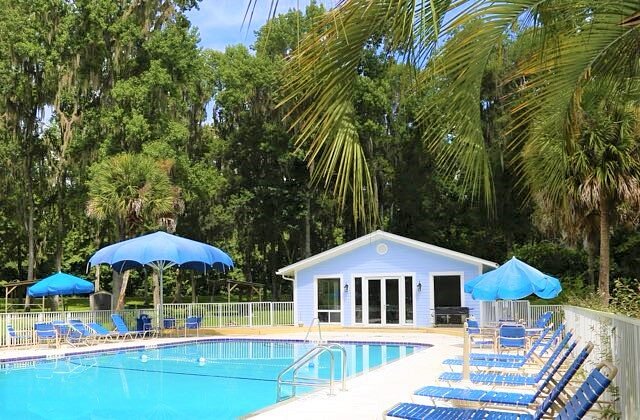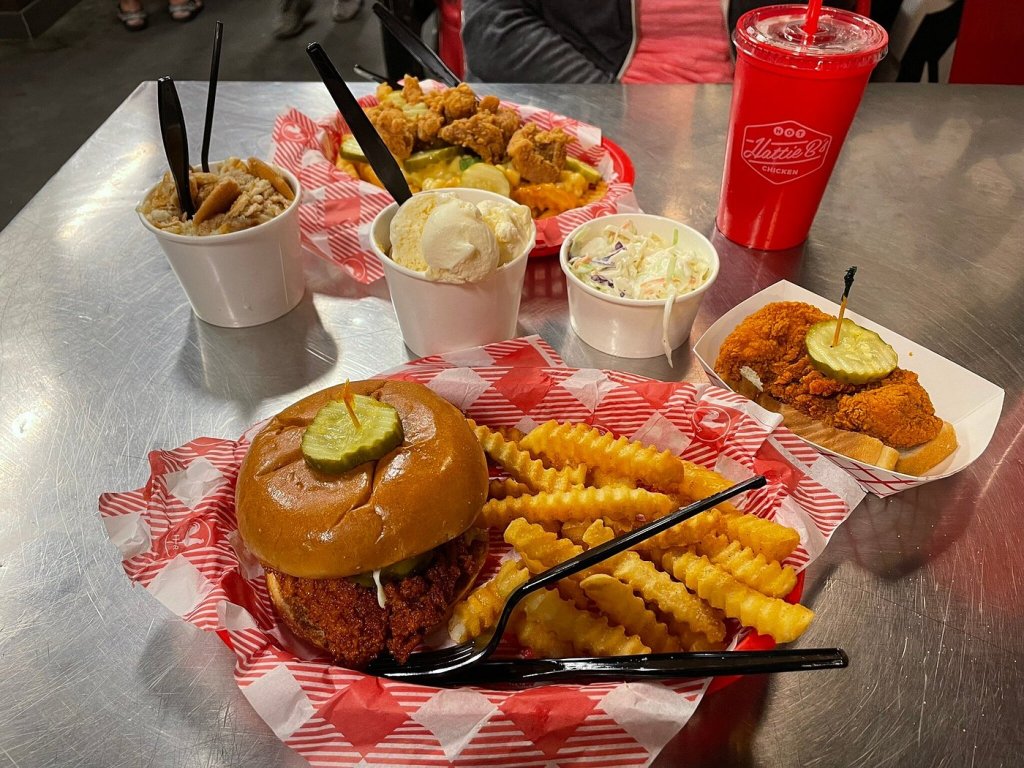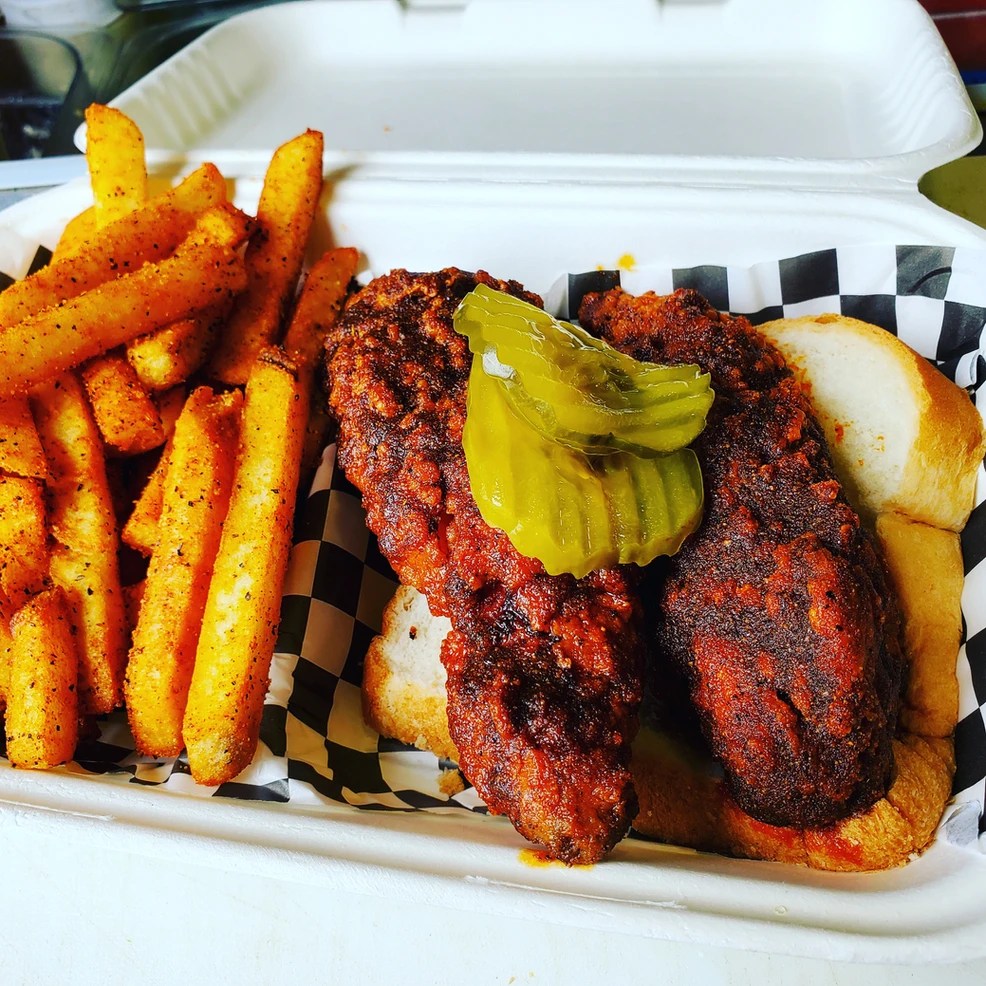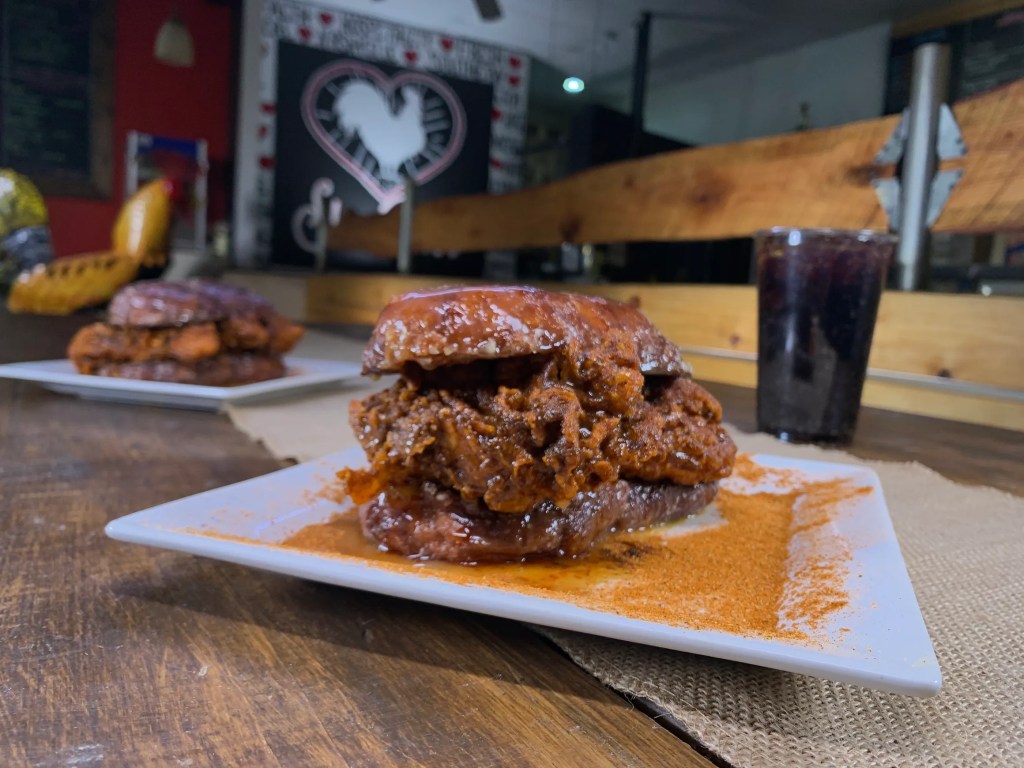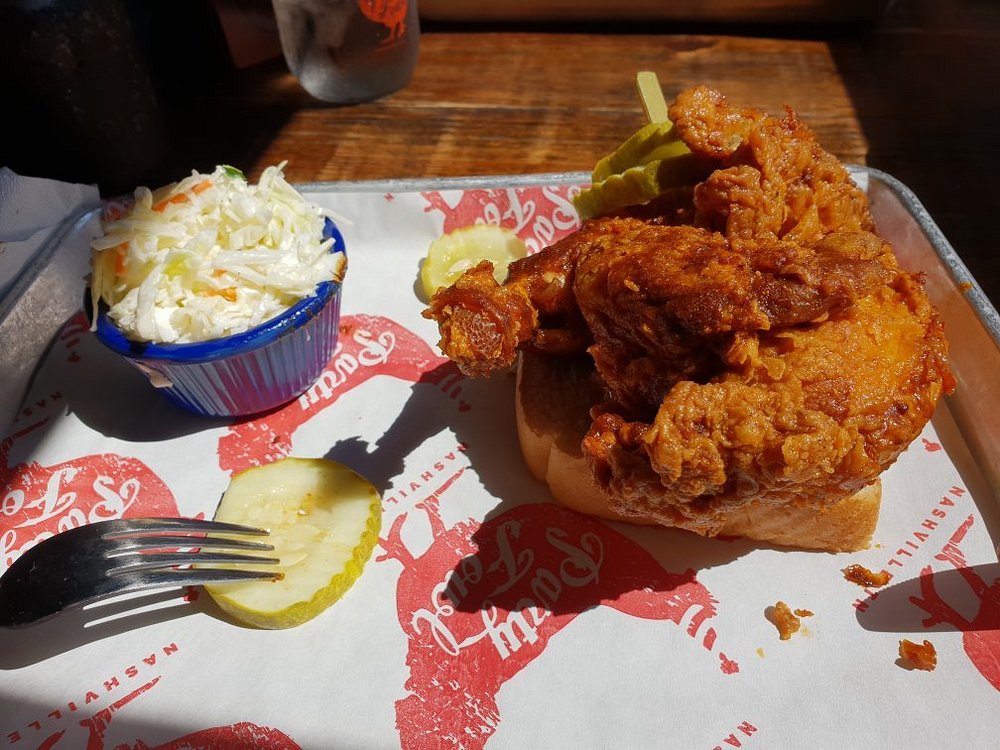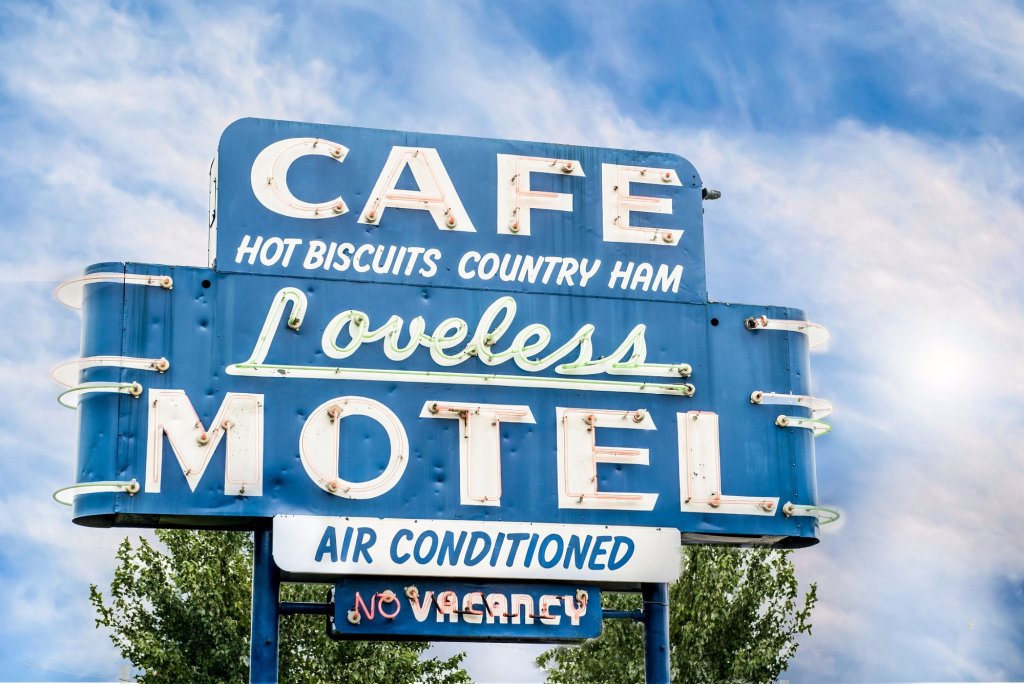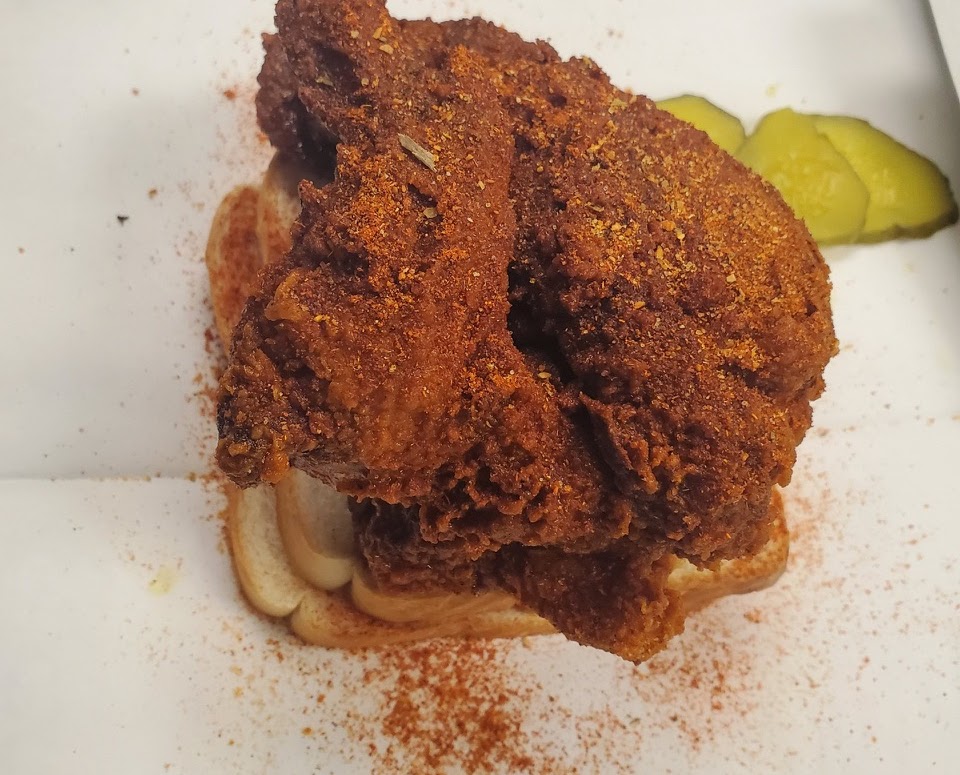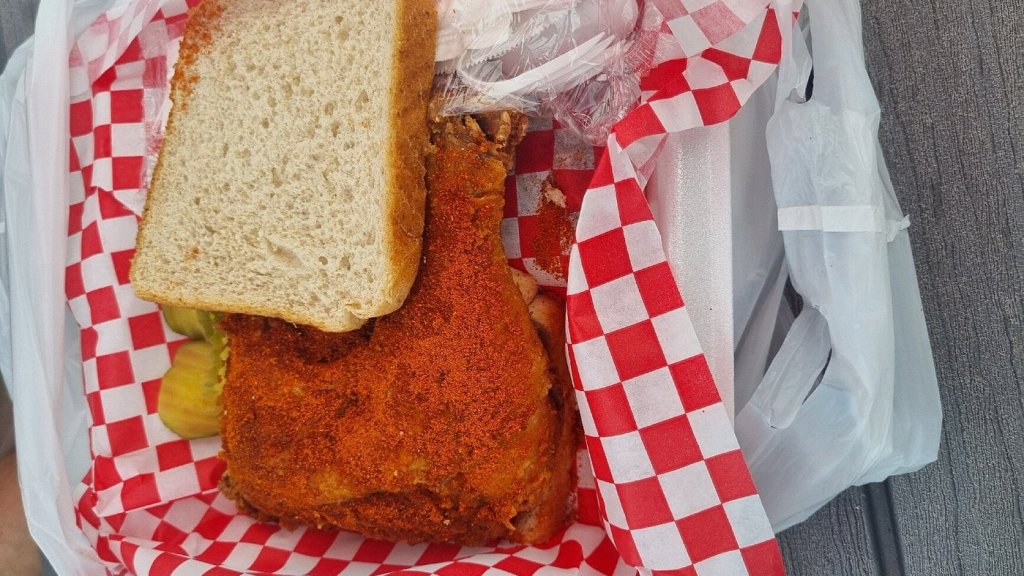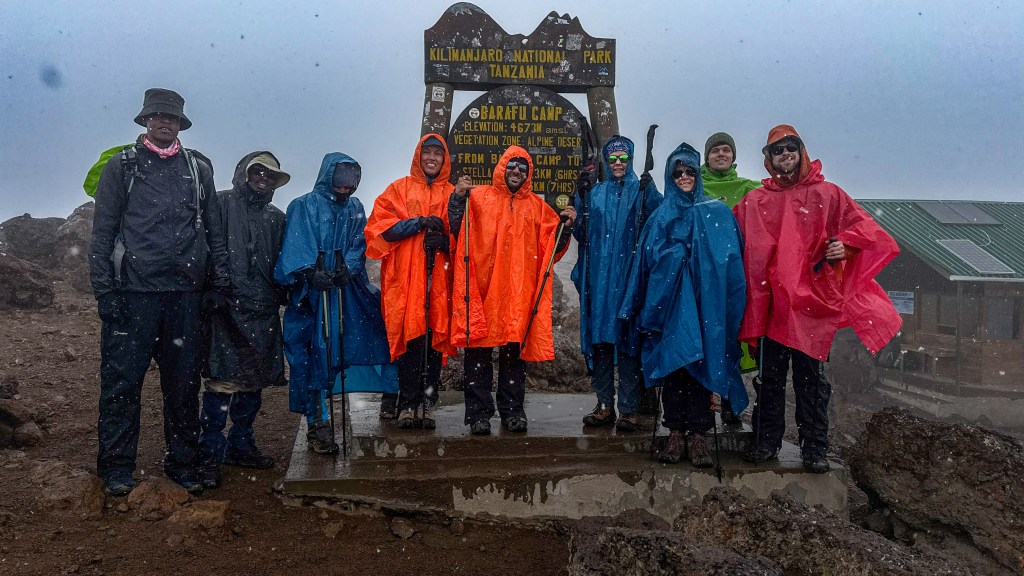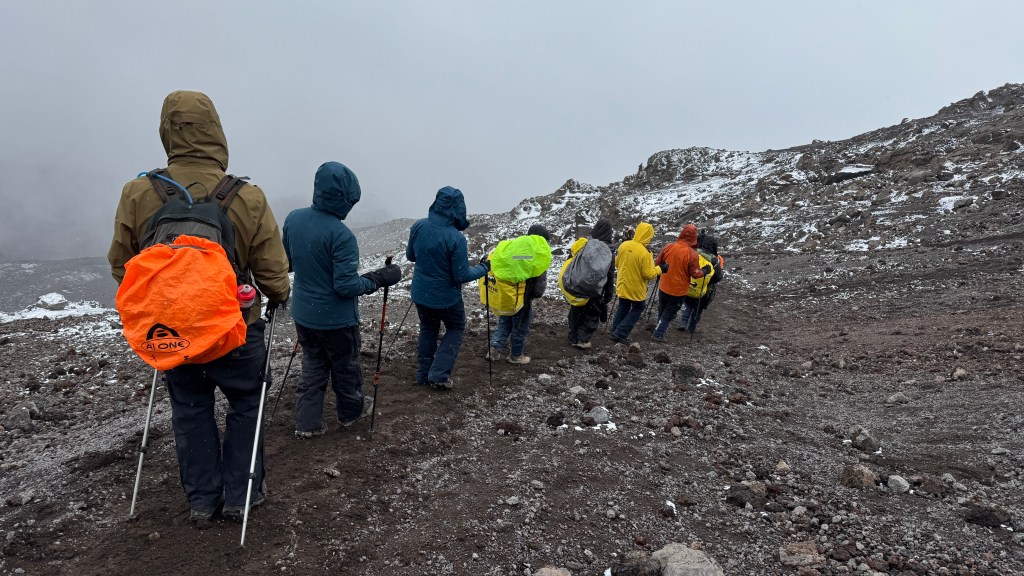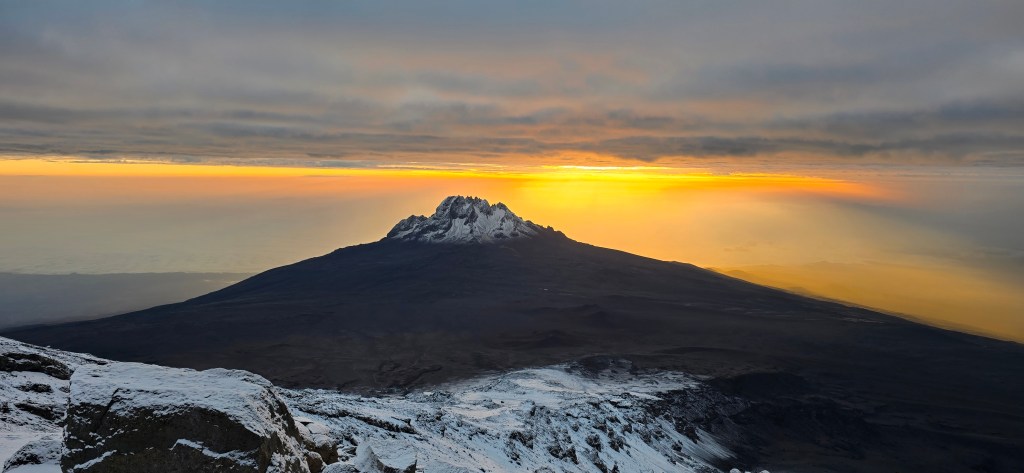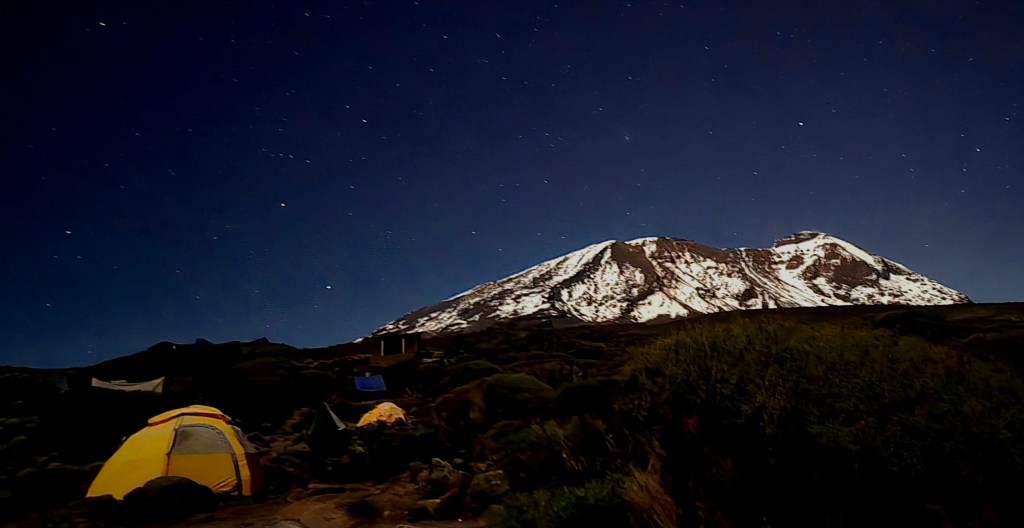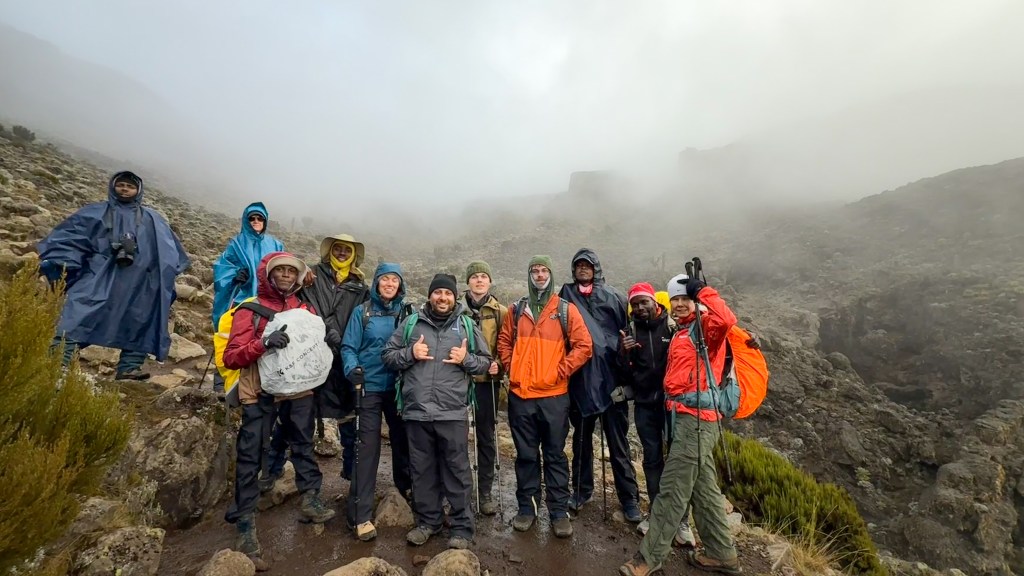Everyone has their go-to travel gadget.
But just like with any packing-related topics, travelers tend to learn their lessons the hard way. A few mishaps on a vacation will steer what we pack (and don’t pack) for the foreseeable future.
Travel products and packing hacks can go a long way in streamlining your vacation—or making it needlessly more complicated.
The big question is: do you know how to spot a helpful travel product from a dud? Last year, I highlighted some of my favorite items that were available on sale for Black Friday. Fast forward a few months, and I’m taking a closer look at the most popular travel gadgets on the market.
My focus is on the most impactful travel products that have revolutionized how I get around. Plus, the items that came highly recommended but didn’t work out for me personally.
My favorite travel products that I regularly use
Carabiner
These cheap tools are usually used by climbers, but I’ve found them to be helpful in other ways. From helping secure my bag in areas rife with pickpockets to hanging up things in my tiny hotel room, carabiners are a surprisingly effective gadget to have in my back pocket.
Latex balloons
Just like with carabiners, latex balloons might surprise you with their utility. I use balloons to secure my liquids when flying. In the past, I used bags to limit the destruction in case of a leak—but latex balloon caps are much more effective in preventing spills.
Barely-there totes
I’m going to quote myself here: you never know when you’ll need more bag in your bag when on vacation. In fact, nailing your day bag is one of the most important parts of packing for a trip. Adding a barely-there tote, such as a Baggu or BAGSMART, lets you carry around a backup bag without taking up space.
Noise-cancelling headphones/earplugs
I have a pair of Sony WH-1000XM3 over-ear headphones, which have noise-blocking capabilities. I also travel with a pair of Apple AirPods; again, they have noise-cancelling features. I also travel with a pack of foam earplugs.
From surviving noisy situations on plane rides to sleeping through parties next door to my Airbnb, I will always spare space for my headphones and earplugs. If you’re sensitive to noise like me, invest in noise-cancelling solutions. Or, if you already have, don’t be shy about bringing them on your trip.
Universal adapter
I love to use Europe as an example of why universal adapters are key travel products. While this continent might look homogenous from the outside looking in, especially considering how many countries are part of Schengen and/or the European Union, its sockets are distinct.
If you’re heading to a destination that enables you to take day trips to other countries, bring that universal adapter. You might need it more often than you’d think on longer, more mobile trips.
Portable charger
Like you might have noticed in the earphones section, I like my tech gadgets. Unfortunately, not all rentals and hotel rooms have the right plugs to charge multiple electronics at once.
Or, even if they do, I might not have enough cords with me. With a portable charger, I have a mobile charging option that fits in my bag, letting me charge my phone or AirPods on the go.
Car phone mount
If you’re planning on renting a car, bring your own car mount. My partner and I made this purchase a few years ago, and it’s paid off many times. After all, even if your rental car has a phone mount in it, it might not fit your smartphone or be placed in the right spot for your comfort.
Travel products I never actually used
Packing cubes
If you’re going to use packing cubes, use the compression version. Compression packing cubes will help you get a few more inches of packing space when you need it most. However, I haven’t actually used either in a long time.
If you’re into aesthetics, they’re probably a great buy. Or if you’re less practiced at packing, they might help you segment your clothes and narrow down your final packing list.
Luggage locks
I recently had the great pleasure of traveling across the Atlantic with a Carl Friedrik check-in carry-on. The suitcase comes with dual TSA-approved locks for added security. I didn’t bother locking either of them even though they’re integrated into the luggage.
Am I lazy? No. It’s my personal belief that airport ground crew don’t have the time or privacy to actually raid peoples’ luggage nearly as often as we think.
Bluetooth connector
Bluetooth connectors are tiny devices that you can plug into a plane’s entertainment console to connect wireless earbuds or headphones. Though these types of travel products are growing in popularity, I haven’t used my device once because the Sony headphones that I use come with a handy audio cord.
Even if they didn’t, I’d rather use the airline’s dinky, disposable headphones rather than tote around a device that I’ll only use during flights.
Portable fan
Handheld fans are easier to pack, don’t require added charging or batteries, come in gorgeous styles, and are classy as hell. Enough said.


